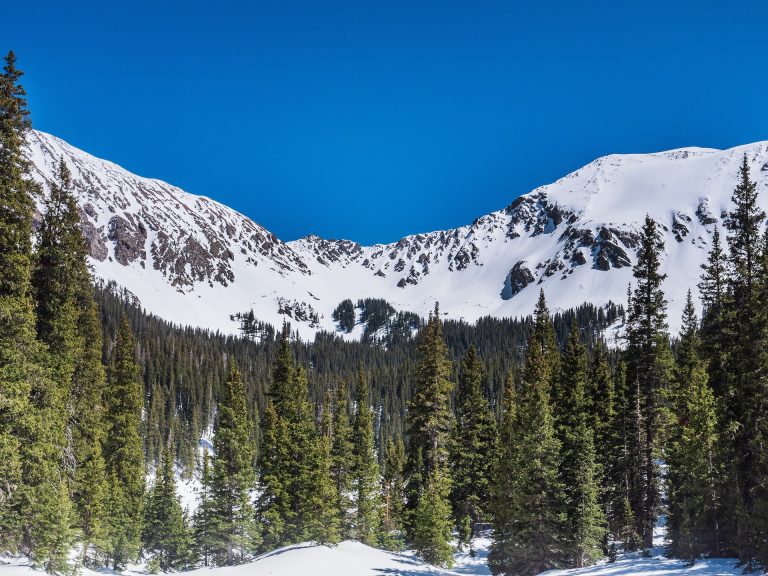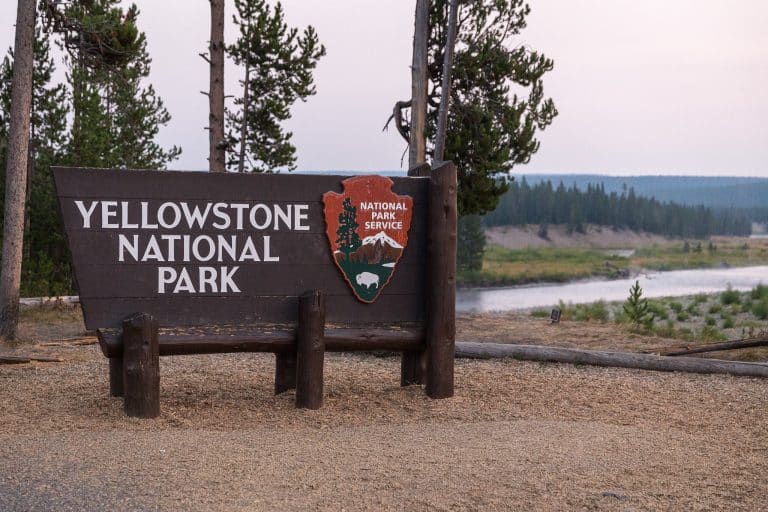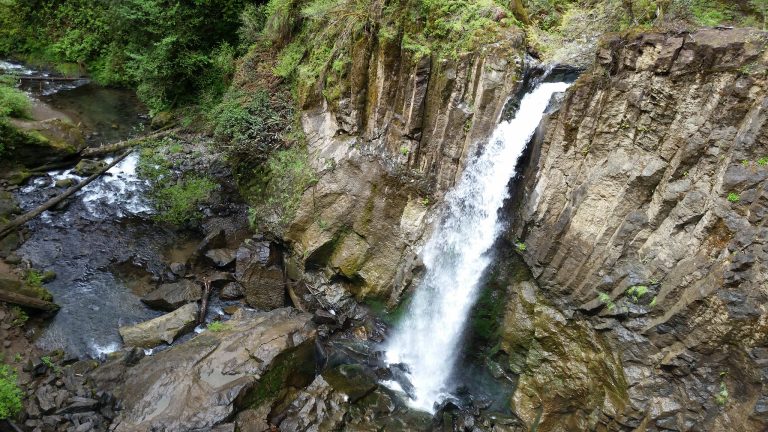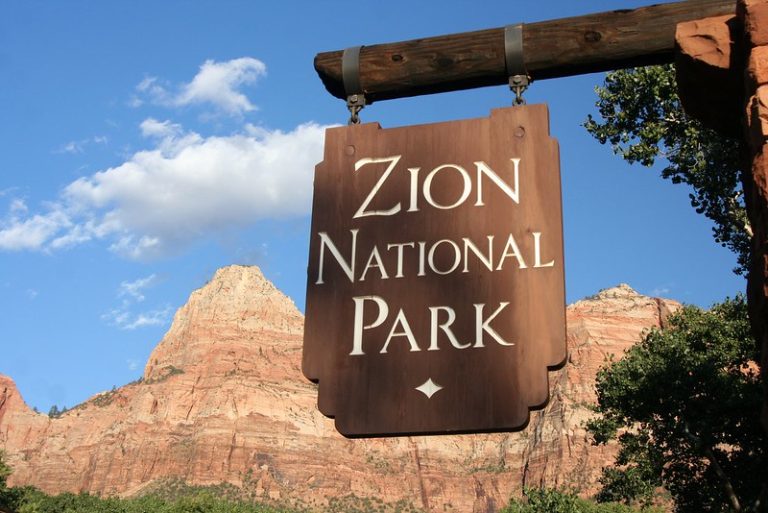Great Smoky Mountains National Park Through the Seasons
The Great Smoky Mountains, located in Eastern Tennessee, is the nation’s most visited park, a title it’s held for over 40 years. The park is open 24 hours a day, 365 days a year, but some roads do close if the weather does not cooperate.
What is the Best Month to Visit the Smoky Mountains?
Based on our research and data, the best month to visit the Great Smoky Mountains National Park is September. The temperatures begin to cool a bit from their July highs, yet are still warm enough to enjoy every part of the day. Visitation numbers are still high, but what month isn’t at the most visited park in the country?
As for the other seasons, here are our picks for best months within each of them:
- April in Spring
- September in Summer
- Early November in Fall
- December in Winter
Spring (March – April)
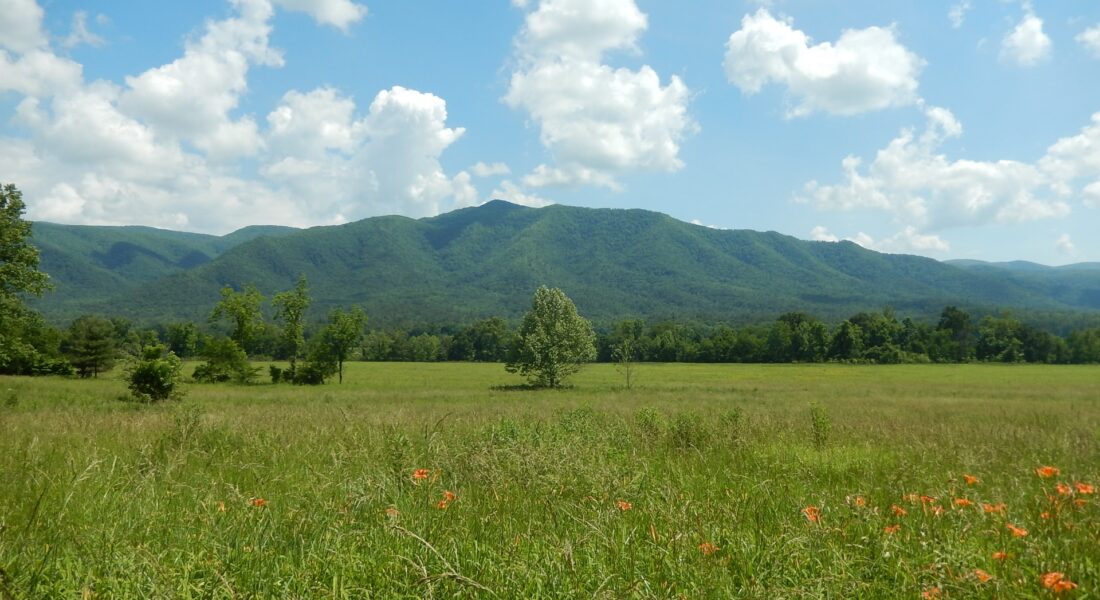
Spring ushers in cool mornings and pleasant temperatures during the day.
There are over 1,500 kinds of flowering plants that grow in the Great Smoky Mountains, more than in any other American national park. The park is famous for its displays of mountain laurel, rhododendron, and flame azaleas. Spring wildflowers often are in full bloom by mid-to-late May. The best trails in the park to witness these wildflower fields include the Rich Mountain Loop, the Porter Creek Trail, and the Deep Creek Loop.
Smoky Mountains’ Spring Statistics:
- Average Precipitation Amounts: 125 inches (318 cm)
- Average High Temperature: 56 °F (13 °C)
- Average Low Temperature: 39 °F (4 °C)
- Average Park Visits per Month: 1,000,000
Summer (May – September)
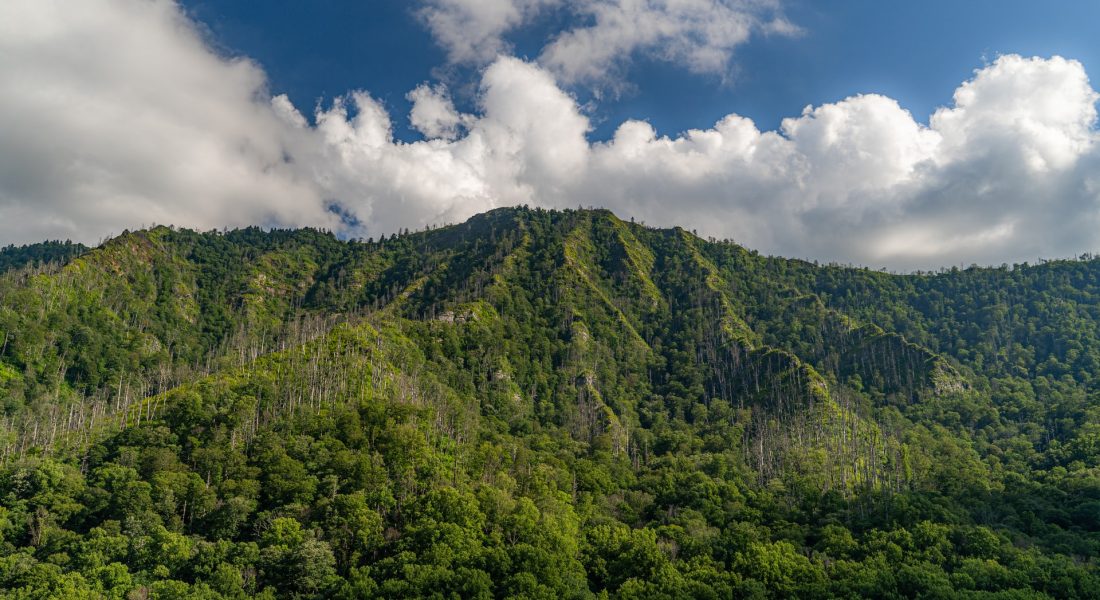
The Smokies get a lot of two things in the summer: rain and visitors. While the crazy high visitation numbers are undoubtedly due to motorists simply driving through the park’s main roads, the park does see an extremely high number of vacationers in the summer.
When we visited the Smokies in July, almost every morning and evening had rain. It would usually come down in buckets, then the sun would come out and dry it all up. The lesson here is that while you need to be prepared for sudden torrential rain, you shouldn’t let it impact your plans for the day.
Temperatures in the summer here average in the mid 70s for highs, and around 60 °F for lows.
Smoky Mountains’ Summer Statistics:
- Average Precipitation Amounts: 91 inches (231 cm)
- Average High Temperature: 72 °F (22 °C)
- Average Low Temperature: 58 °F (14 °C)
- Average Park Visits per Month: 1,480,000
Fall (October – November)

The Smokies’ leaf changing fall season in the spans from mid-September to early November. Given the park’s elevation differences of about 5,000 feet, it has several peak autumn color times. By the beginning of October, trees in the high country are showing bright yellows and shades of red. Smoky Mountain fall colors in mid-October include bold reds on black gum, dogwood, sumac, and sourwood trees.
Smoky Mountains’ Fall Statistics:
- Average Precipitation Amounts: 86 inches (218 cm)
- Average High Temperature: 58 °F (14 °C)
- Average Low Temperature: 41 °F (5 °C)
- Average Park Visits per Month: 1,395,000
Winter (December – February)

While the Great Smoky Mountains National Park is open 24 hours a day, 365 days a year, some secondary roads, campgrounds, and other visitor facilities do close in winter. Clingmans Dome, Heintooga, Straight Fork, and Roaring Fork roads all close at the end of November. Forge Creek Road closes at the end of December. However, it should be noted that all primary roads remain open throughout the winter.
As for snowfall, the various elevations of the park make for different snowfall totals. For example, Newfound Gap receives over 69 inches (~5 feet) of snowfall each winter, but the town of Gatlinburg only sees about a foot (12 inches). At higher elevations, snow can fall anytime from October through April.
Smoky Mountains’ Winter Statistics:
- Average Precipitation Amounts: 117 inches (297 cm)
- Average High Temperature: 44 °F (7 °C)
- Average Low Temperature: 28 °F (-2 °C)
- Average Park Visits per Month: 620,000




